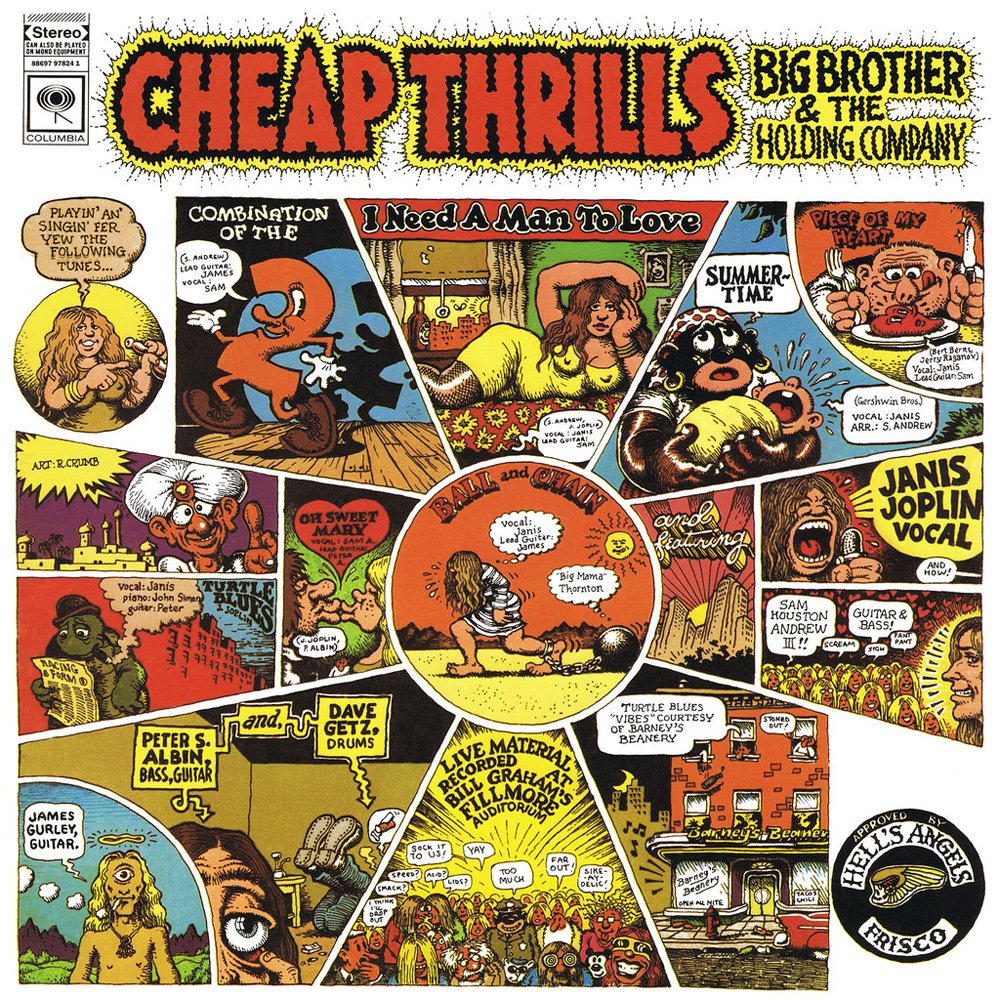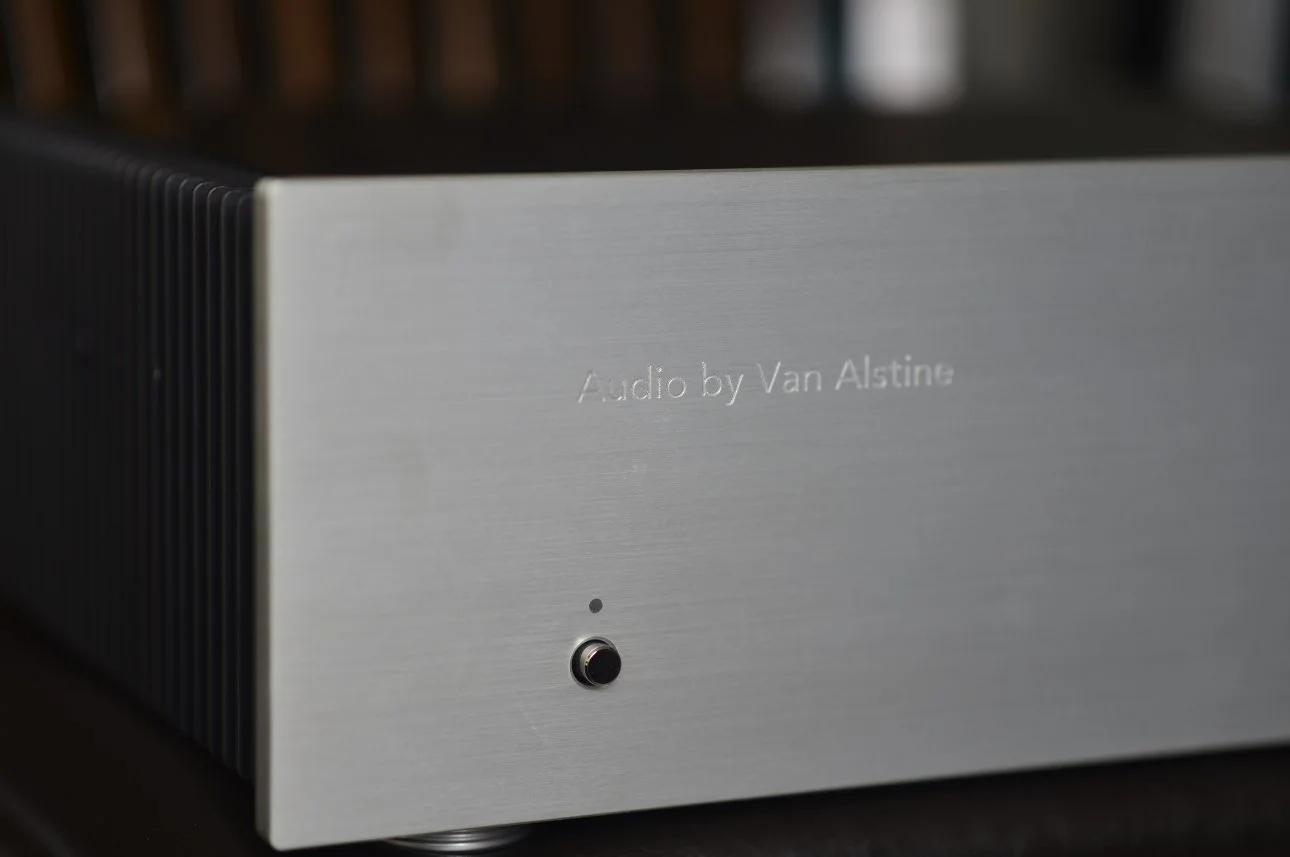Sota Pyxi Phono Stage
The vinyl universe is immense and in 2023 the market for analog equipment is full of offerings from manufacturers of all sizes and flavors. Even after weeding out the mass market junk, the number of brands offering quality turntables and peripherals is mind-boggling. Two decades ago, when CD sales were peaking and online shopping was still new, finding a turntable seemed like a mysterious quest. What a ride for the audio industry since vinyl sales peaked in the late 1970s, bottomed out in the mid-2000s and the tear it’s been on ever since.
Sota Turntables, founded in 1979, has quietly endured this roller coaster ride. The company is now called Sota Sound Innovations and is based in Delavan, Wisconsin, where they design and manufacture all their products. I discovered Sota while mining the vast turntable market for unique brands and they seemed to fit neatly between the entry-level offerings from the likes of Pro-ject and Audio-Technica and exotic audio jewelry.
I'm glad I did make this discovery. Not only did one of Sota’s owners, Donna Bodinet, reply to my email inquiry with a phone call to discuss their products but said Sota could actually build new products to loan for press reviews. What a surprise—I found when actually asking around that it’s nearly impossible for publications to get turntables for review lately. In fact, a few great turntables reviewed by Audiophilia this year were purchased by our team and reviewed afterward. To get acquainted with the brand I was sent a fully loaded Escape Turntable, from the Urban Series, and the subject of this review is the new Pyxi phono stage. I’ll dive more into Sota’s philosophy about turntable design in my dedicated review of the Escape in a few weeks (stay tuned).
Sota recruited two engineers specifically for the development of the Pyxi. The first was Bill Carlin, former owner of Phoenix Engineering, whose designs Sota now also uses for turntable speed control. The second was Wyn Palmer, an electrical engineer and designer of phono circuits which are well-known in the DIY community.
The Pyxi retails for $300 and is available directly from Sota or through their dealer network.
Features & Specs
The functionality of the Pyxi is right on par for an entry-level phono stage. On the front panel, there is a power button and moving magnet/moving coil toggle switch on either side of silkscreened “Pyxi by Sota” insignia. On the rear, there are single-ended RCA connections for both input and output along with a hookup for ground wire which utilizes a nice chunky brass nut. There are separate dip switches for capacitive and resistive loading. Power is delivered by a 14-volt wall wart power supply.
According to Sota, the design philosophy for the Pyxi centred around achieving an extremely flat RIAA equalization curve and minimizing the noise floor to enhance musical detail retrieval. According to the extremely thorough specifications in the user manual, it seems the team at Sota is on the right track. Interested readers can review the details, including test results for distortion, RIAA equalization and noise in the user manual available on the Pyxi product page.
Design & Build
In terms of industrial design, there’s only so much a brand can do with a compact, entry-level phono stage. It’s a circuit in a box. In this case, the box is a wraparound chassis with the front and rear panels bolted together straight through. Applied urethane feet adorn the bottom. The Pyxi’s soul resides in the circuit itself and only listening will tell us about that.
The unit itself may look simple but the context in which it is manufactured adds to the charm of the piece. The Pyxi is by no means the only phono stage that is manufactured in the United States right now, but, of those other products, how many are made by companies that existed in the peak vinyl era and survived the subsequent vinyl abyss? And how many of those products are affordable? Sota has stayed in the game by focusing on a tight lineup of core turntables and an obsession with quality and customer satisfaction. And today the audacity to launch a $300 phono stage that will compete with units coming from Asia by the container full is commendable. We’re called Audiophilia because we search for excellent sound, but we appreciate provenance as well.
Daily Use & Setup
The trickiest part of setting up the Pyxi is choosing the appropriate loading for the cartridge on the connected turntable. The instructions made it simple.
Wyn Palmer comments:
For most MMs the nominal resistive load needs to be 47k. That is, with all the resistor switches (1 and 2) up (off).
Most MMs are also best started with switch 3 on, which sets the cap loading to mid range.
Regards,
Wyn Palmer
The compact Pyxi can be tucked neatly into any HiFi rack and its stealthy matte black makes it quite discreet. Conveniently, it fits perfectly under the Escape Turntable for those tight on space. I can’t verify if it fits under other Sota turntables as they have different options for feet.
Review System & Method
Phono stage reviews are fun because focusing on one component doing one specific job makes for a good old-fashioned shootout-style review. Throughout this review the turntable was the Sota Escape with an Ortofon 2M Blue Cartridge, the integrated amplifier was Musical Fidelity M3si, and the speakers were the Canton Vento 20. Alternating with the Pyxi were my Parasound Zphono, and iFi ZEN Phono, both comparably priced at $249 and $199 respectively. While I did some listening with the phono stage in the M3si, I need to get to know it better and save that details for the upcoming review. The two stand-alone units were my main references.
In contrast to evaluating an amplifier or speaker where I have a basic performance rubric in mind, I never know what I’m going to hear when playing around with phono stages (or DACs for that matter). I picked some great demo recordings of the moment and went to work listening for differences between the Pyxi and my reference units and from there pieced together what I could about the Pyxi’s personality. Purely scientific, perhaps not, but hopefully useful.
Listening
I found in my listening sessions with the Pyxi that I was gravitating towards jazz LPs…it helped squeeze a lot of detail out of some classic 60s albums. Left & Right by Rahsaan Roland Kirk (Atlantic, 1969) was in heavy rotation. Kirk’s epic avant-garde suite on side one is packed with complex orchestration (for jazz anyway) with a large ensemble of unique instruments and sounds. Not to mention Kirk playing multiple reeds at once. The Pyxi impressed out the gate with a combination of detail and body to the sound. It’s hard to even visualize Kirk playing two or three saxophones simultaneously but in my well-sorted system, and especially with the Pyxi warmed up, there wasn’t much left to the imagination. When swapping in the iFi ZEN Phono the level of detail was still there but the presentation was more squeaky clean and lighter in body. Still nice, but not quite as magical as the Pyxi with acoustic jazz.
Just recently I picked up a great three-disc compilation of Neville Marriner and the Academy of St. Martin-in-the-Fields playing Mozart (Mozart, Argo, 1973). I tend to lean more toward the romantic period and beyond but this essential repertoire was a steal, and NM, too. Being picky about classical sometimes means sound quality does make or break my enjoyment of a record. This Mozart compilation, featuring Alan Loveday on solo violin, is full of great recordings properly mastered and pressed by Decca. Perfect for feeling out what contribution, if any, my various phono stages had on tone. I do love my iFi ZEN Phono but again its highly detailed nature was almost a bit too much for strings. The Parasound ZPhono knocked it out of the park in terms of a nice meat-on-the-bones presentation slightly at the expense of that detail. The Pyxi split the difference, basically melting away without obscuring the good stuff extracted from the grooves by the 2M Blue cartridge. While I found these differences to be apparent in analytical listening, keep in mind they were not as impactful as a change in cartridge or speakers.
I spent some time revisiting Cheap Thrills from Big Brother & the Holding Company (Janis Joplin was still lead singer—Columbia, 1968), the perfect spin after opening the windows and feeling the cool marine air sneak in at the end of a hot summer day. On this rowdier material, I found that the Parasound ZPhono maintained that meatiness which was great, while the iFi ZEN Phono cleanliness worked wonders for a bold vocal performance. Again the Pyxi landed right in the middle and it just seemed to get out of the way the most. But with a less-than-audiophile recording, it was a matter of splitting hairs.
When in review mode it can be a challenge to just listen. Checking out and putting down the pen becomes a test in itself. I found many times that the Pyxi offered a balance between detail, tone and musical flow that allowed me to pivot from analytical listening to letting go with ease.
Overall the $300 Pyxi seemed right at home in the approximately $6000 system I had set up. Its sonic chops are apparent and what personality it contributes should have wide appeal. My only minor regret is that I didn’t have a higher-end moving coil cartridge on hand to push the Pyxi’s limits.
Conclusion
The Pyxi is an unassuming, unpretentious piece of equipment. In a crowded rack or tucked under a turntable, it might even be easy to overlook. It’s hard to overlook after you hear it. A lot of history led up to this launch for Sota and they’ve released an excellent phono stage in a small box. It’s a natural companion for Sota tables and will easily stand up to its competition in the market. I hope the latest generation of analog enthusiasts check out the Pyxi as a gateway to the Sota brand.
Further information: Sota Turntables









